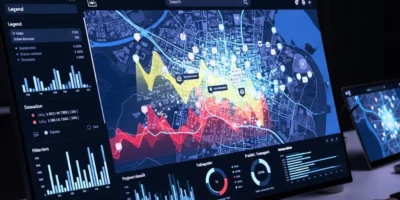Artificial Intelligence is transforming industries, from healthcare to finance and law enforcement. But beneath the innovation lies a growing concern: algorithmic bias. When AI systems produce unfair or discriminatory outcomes, the consequences can be harmful, especially for marginalized groups. The urgency to correct this issue is not just technical—it’s ethical, legal, and social.
Unchecked Bias Leads to Real Harm
AI systems trained on biased data can perpetuate or even amplify societal inequalities. Facial recognition software, for example, has shown error rates of over 30% for darker-skinned women compared to less than 1% for lighter-skinned men, according to a 2018 study by the MIT Media Lab. In the criminal justice system, biased AI risk assessments have led to unfair sentencing recommendations. These examples are not isolated—they are symptoms of a systemic issue in data and design.
Data Is Not Neutral
One of the biggest misconceptions is that AI is objective. In truth, AI reflects the data it is trained on. If historical data includes biased practices, such as discriminatory hiring patterns, AI systems can learn and replicate those biases. Moreover, the lack of diversity in development teams and data collection compounds the problem. Transparency and inclusivity must be at the core of every AI system to ensure it serves everyone fairly.
Regulatory Oversight Is Lagging
Despite growing awareness, government regulation is trailing behind the pace of AI deployment. In the absence of strict guidelines, tech companies often release products with known flaws under the guise of innovation. This is unacceptable. Regulatory bodies must act now to enforce audits, require explainability, and penalize companies for unethical use of AI. Ethics cannot be an afterthought—it must be baked into design and deployment.
Building Ethical and Fair AI
Solving the bias problem is possible, but it requires deliberate action. Developers must implement bias-detection tools, use diverse and representative training datasets, and prioritize fairness in model evaluation metrics. Cross-disciplinary collaboration—with ethicists, sociologists, and affected communities—can bring necessary perspectives to the development of AI.
Conclusion
The bias in AI is not an abstract flaw—it’s a tangible threat to equity, justice, and public trust. As AI becomes increasingly embedded in critical decision-making, fixing this issue is no longer optional—it is urgent. The time for excuses is over. The industry must prioritize fairness and accountability now or risk losing the very credibility and usefulness that AI promises to deliver.













